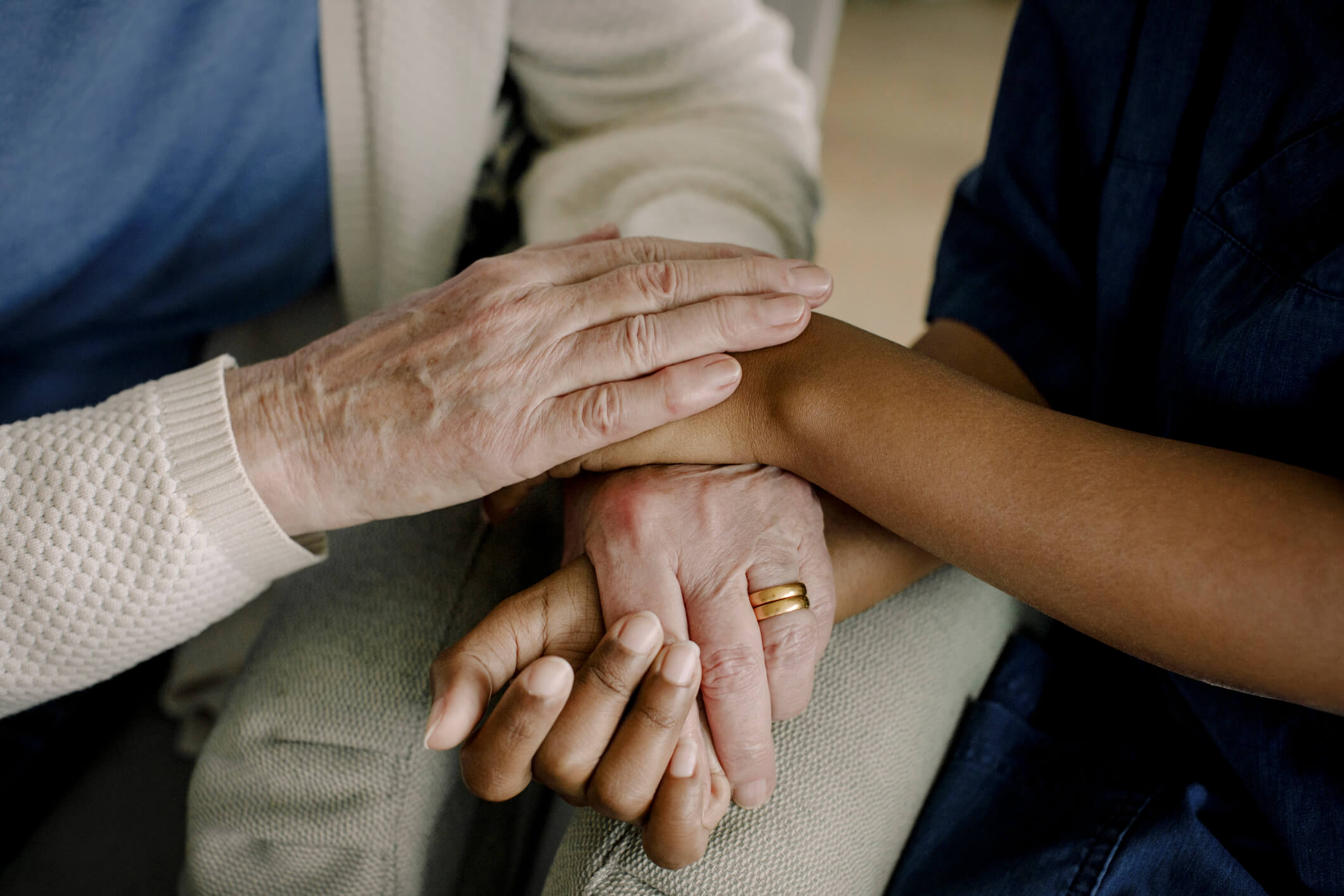Quick Hits
- Recent case law has indicated a gradual shift toward holding employers liable for employees’ sexual misconduct.
- To expand this liability for employers while acknowledging the risk of creating too much liability, the rule only applies to sexual assault that meets specific criteria, including only applying in circumstances where the victim is “particularly vulnerable.”
- This rule only applies to employer-employee relationships and does not create any liability for actions of independent contractors.
- Although restatements are not law, they do provide persuasive authority for the courts.
- Higher-risk industries include healthcare, hospitality, education, religious institutions, and law enforcement.
Reflecting a gradual trend toward increased employer liability for the sexual misconduct of employees, ALI recently issued guidance suggesting expanded vicarious liability for employers in certain specific circumstances.
ALI believes that this special rule, approved at ALI’s annual meeting in May 2025, furthers the goals of deterrence, compensation, and fairness by encouraging “employers to research, develop, and identify new mechanisms to address and mitigate foreseeable human error”; allowing victims to recover from an employer, not just the offending employee who may have limited assets; and holding employers liable for the “foreseeable consequences that flow” from an employment relationship that it forged and benefited from which ultimately “facilitated its employee’s sexual misconduct.”
The rule suggests the imposition of liability on employers for sexual assaults committed by their employees in specific situations that involve the following circumstances: (1) “a reasonably foreseeable risk of sexual assault,” (2) a victim who is “particularly vulnerable, by reasons of age, mental capacity, disability, incarceration, detention, confinement, medical need, or other similar circumstance,” (3) “the employer facilitat[ing] the sexual assault by providing the employee with substantial power, authority, or influence over the victim,” and (4) sexual assault that “occurs when the employee is performing work assigned by the employer or engaging in a course of conduct subject to the employer’s control.”
In the comment to the rule, the drafters provide numerous examples illustrating when these requirements are and are not met. The foreseeability requirement is met in instances where “the employer’s business or activity creates an environment in which an employee’s sexual assault is a reasonable possibility.” Providing further detail around age-based vulnerability, the authors explain that age is a consideration when the victim is of a “tender or advanced age,” not just when there is an age differential, no matter how significant the age gap may be. As for the third requirement, the drafters distinguish between victims over whom the employer does or does not have power. While a caregiver does have power, authority, or influence over a patient, the caregiver may not have such power, authority, or influence over that patient’s relative. Finally, the comment also explicitly excludes supervisor-subordinate relationships and an employee’s sexual assault of another employee from this rule, explaining that (1) subordinate employees are not particularly vulnerable; (2) a supervisor has limited power, authority, or influence over an employee; (3) the ubiquitous nature of supervisor-subordinate relationships would greatly expand the reach of the special rule; and (4) Title VII of the Civil Rights Act of 1964, “a relatively well-developed body of federal law, … governs employer liability for sexual harassment and sexual assaults of its employees.”
All four of these requirements must apply, and if they do, an employer may be found strictly liable for sexual assault committed by its employee.
Considerations for Employers
This expanded liability underscores the value in investing in preventive measures, particularly in workplaces where there is a higher risk of sexual assault that meets the requirements of this rule. Employers may want to consider taking the following actions and/or reviewing existing policies and procedures to reduce risk:
- performing thorough background and reference checks on employees, particularly those who will work with particularly vulnerable individuals;
- preparing and disseminating policies on workplace violence prevention and workplace safety obligations;
- conducting training for all employees to communicate rules, risks, and reporting procedures for any suspected inappropriate behavior;
- conducting various trainings, including bystander and other workplace safety/violence prevention trainings for employees;
- ensuring there is a clearly communicated reporting policy in place that employees can easily follow to report any concerns;
- ensuring multiple avenues for reporting concerns exist, including anonymous hotlines;
- thoroughly investigating any reports of concerning behavior or inappropriate conduct and administering appropriate disciplinary action; and
- evaluating current surveillance measures, and, if needed, enhancing those measures in areas where there is less employee oversight and higher risk (in accordance with applicable law).
Where to Learn More
Ogletree Deakins’ Workplace Investigations and Organizational Assessments will continue to monitor developments and will provide updates on the Employment Law, Workplace Investigations and Organizational Assessments, and Workplace Violence Prevention blogs as additional information becomes available.
Follow and Subscribe
LinkedIn | Instagram | Webinars | Podcasts











